News
Tesla Model S Charging Costs in Australia
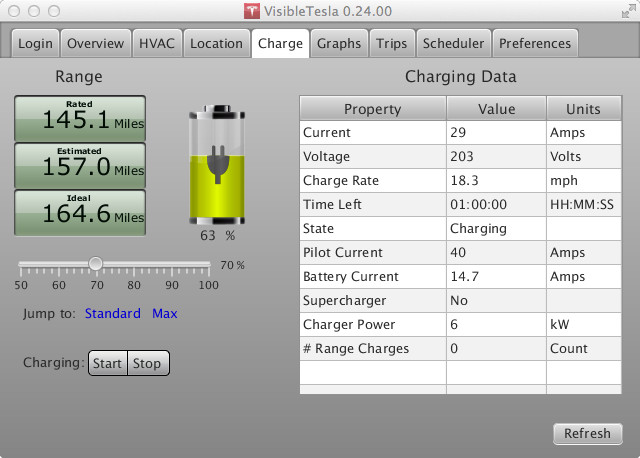
More than 2 years after the it first went on sale in the US the Model S arrived in Australia in late December 2014. As an early owner of the Model S the car generates a lot of interest from friends, neighbours and the general public when you’re out and about. One of the most common questions is how much does it cost to run. We need a new language to describe this as litre’s per 100km doesn’t work and a “full tank” in a Model S is less than a normal tank in a modern petrol car. The answer I find people find easiest to understand is $11 for a full charge which lasts for around 500kms.
Compared to a petrol car this is great, current models will give you 500 – 1000kms from a tank but you’ll spend $50 to $100 to fill them up (at the current, and relatively cheap fuel prices).
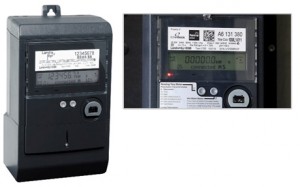
Victorian Government’s initiative called for an expansive roll out of digital smart meters across residential and small businesses. Source: Energy Australia
To understand where the $11 comes from let’s dig into electricity pricing in Australia a little more. Historically homes have been configured with analog meters. All the power we use is charged at a flat rate day and night. Optionally an off peak circuit was often installed which was only connected to the hot water service. Available into two variants supply is remotely controlled by the electricity company for circa 6 or 12 hours per day.
More recently smart meters are being installed on new dwellings and with consumers that have added solar photovoltaics to their home. In certain states such as Victoria blanket rollouts of smart meters have been known to occur. Once installed electricity is charged on tariffs that vary across different times of the day for weekdays and weekends. Tariffs vary across networks but generally consist of a peak morning or late afternoon & evening period, shoulder during the remaining waking hours on weekdays and across the weekend and off peak for overnight.
Charging Costs and Meter Options in Australia
For both analog and smart meters the difference in tariffs between their maximum and minimum are material. From a low of circa $0.10/kWh on off peak to a high of $0.50/kWh in peak periods.
RELATED: EV Basics: What’s a killowat hour?
Analog Meter
- If you’re on an analog meter you can wire your charger to a standard circuit and charge at any time, or choose one of the two controlled load circuits to get cheaper power but with less control. Note that you can’t mix standard and controlled circuits so you’ll have to choose one or the other. Having the electric company control when to supply your electricity may not work for you if you plan on taking consistent high length trips in your Model S each day. Especially since you’ll likely require a nightly charge with a guarantee of no interruption.
Smart Meter
- If you’re on a smart meter, find out what time your off peak starts, configure your Tesla Model S to start charging at this time, plug in every night and you’ll almost certainly be charging on the cheapest power all the time. The off peak periods are long enough to get a full charge on a standard 32 Amp charger for all but the most depleted of batteries. On the rare occasion that you can’t complete your charge during the off peak period you’ll simply push the small remaining part into a shoulder or peak tariff.
A smart meter provides much greater flexibility, but the real cost of changing from an analog needs to take into consideration your whole home.
The average Australian home uses around 20kWh of electricity per day or and the average vehicle travels 270kms per week. In Model S terms this equates to 140 kWh per week on your home and 55-65 kWh per week to charge the car.
Obviously these figures vary enormously depending on your personal home and driving habits but car charging is likely to remain the smaller part.
What about charging from solar? Everyone that has solar has a smart meter and hence the ability to control the price they pay for the electricity which is used for charging their car. Households that installed solar early are on feed-in tariffs which pay them for all or just the excess power that they produce. In the majority of cases these rates are much higher than the cheapest power available over night. Those that aren’t on solar power are mostly being paid feed in tariffs which are only marginally lower than the price they pay for power over night.
ALSO SEE: One Telsa owner’s journey with installing photovoltaic cells through SolarCity
Most users will be better off using their solar in their home or selling it then buying cheap power overnight to charge their car. There are certainly users for whom it would be cheaper to charge from the power generated through their solar system, but the cost and complexity of making it work is unlikely to stack up. Some form of power router is needed that can take into account usage by other appliances in your home, the tariffs, the amount of charge your car needs each day and the potentially intermittent supply of sun on any given day.
LEARN MORE: How to reduce your electricity usage at home in Australia?

News
Tesla’s six-seat extended wheelbase Model Y L sold out for January 2026
Estimated delivery dates for new Tesla Model Y L orders now extend all the way into February 2026.
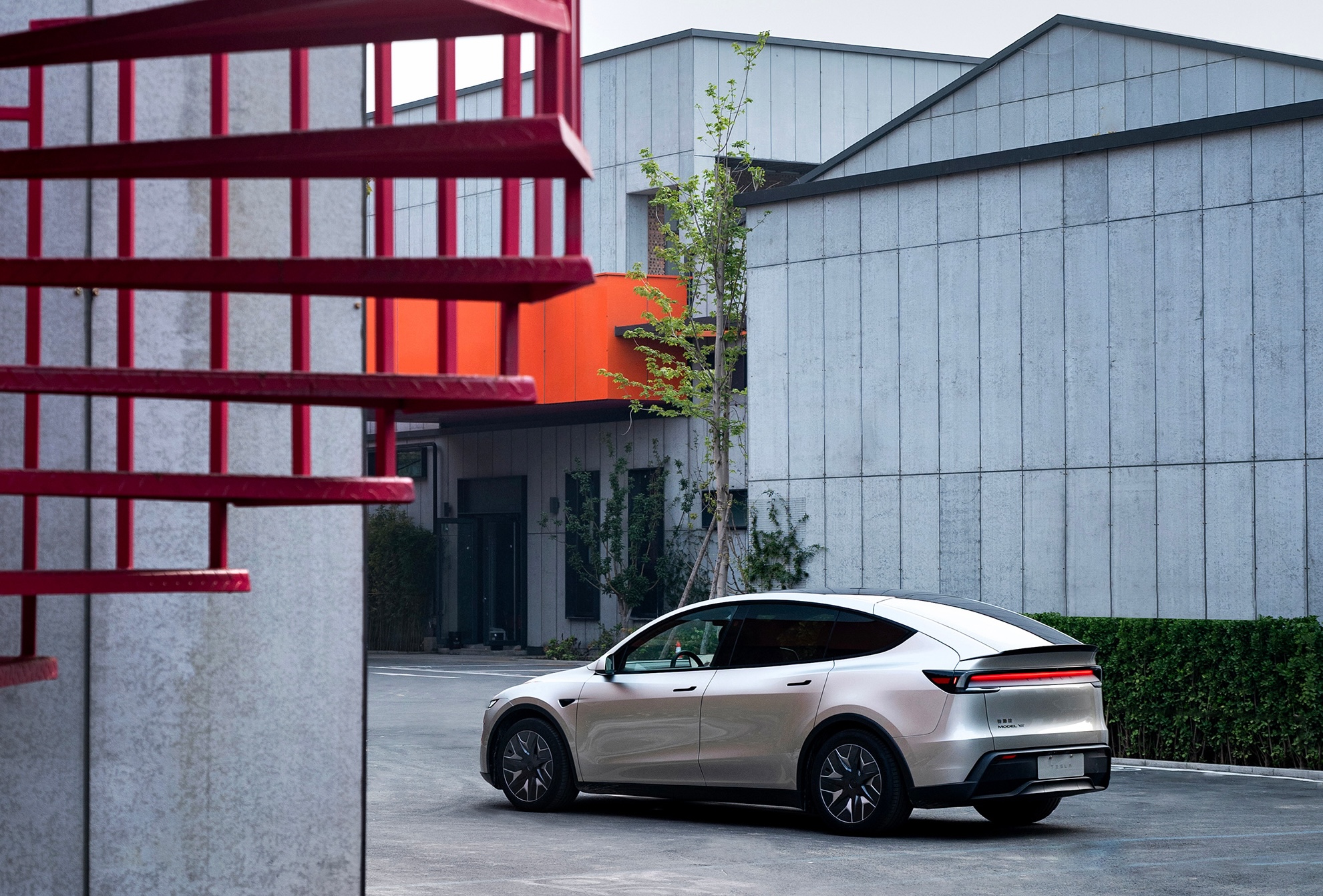
The Tesla Model Y L seems to be in high demand in China, with estimated delivery dates for new orders now extending all the way into February 2026.
This suggests that the Model Y L has been officially sold out from the rest of 2025 to January 2026.
Model Y L estimated delivery dates
The Model Y L’s updated delivery dates mark an extension from the vehicle’s previous 4-8 week estimated wait time. A detailed chart shared by Tesla data tracker @Tslachan on X shows the progressions of the Model Y L’s estimated delivery dates since its launch earlier this year.
Following its launch in September, the vehicle was given an initial October 2025 estimated delivery date. The wait times for the vehicle were continually updated over the years, until the middle of November, when the Model Y L had an estimated delivery date of 4-8 weeks. This remained until now, when Tesla China simply listed February 2026 as the estimated delivery date for new Model Y L orders.
Model Y demand in China
Tesla Model Y demand in China seems to be very healthy, even beyond the Model Y L. New delivery dates show the company has already sold out its allocation of the all-electric crossover for 2025. The Model Y has been the most popular vehicle in the world in both of the last two years, outpacing incredibly popular vehicles like the Toyota RAV4. In China, the EV market is substantially more saturated, with more competitors than in any other market.
Tesla has been particularly kind to the Chinese market, as it has launched trim levels for the Model Y in the country that are not available anywhere else, such as the Model Y L. Demand has been strong for the Model Y in China, with the vehicle ranking among the country’s top 5 New Energy Vehicles. Interestingly enough, vehicles that beat the Model Y in volume like the BYD Seagull are notably more affordable. Compared to vehicles that are comparably priced, the Model Y remains a strong seller in China.
Elon Musk
NVIDIA CEO Jensen Huang commends Tesla’s Elon Musk for early belief
“And when I announced DGX-1, nobody in the world wanted it. I had no purchase orders, not one. Nobody wanted to buy it. Nobody wanted to be part of it, except for Elon.”
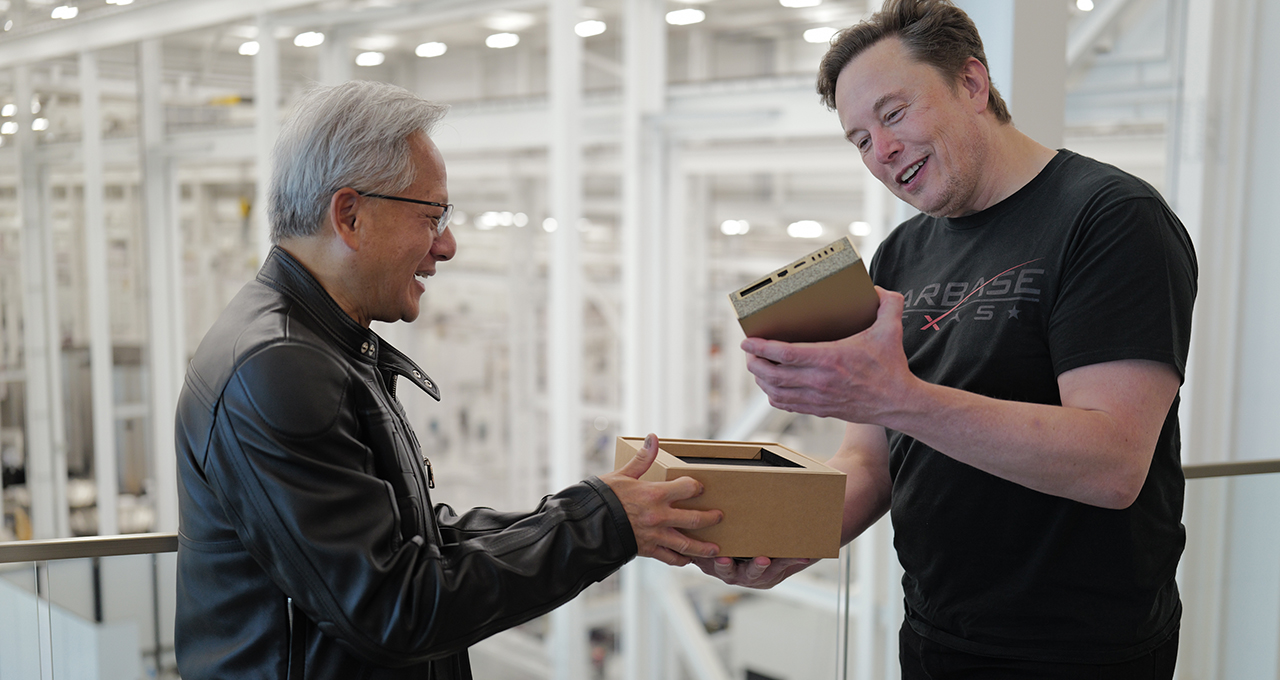
NVIDIA CEO Jensen Huang appeared on the Joe Rogan Experience podcast on Wednesday and commended Tesla CEO Elon Musk for his early belief in what is now the most valuable company in the world.
Huang and Musk are widely regarded as two of the greatest tech entrepreneurs of the modern era, with the two working in conjunction as NVIDIA’s chips are present in Tesla vehicles, particularly utilized for self-driving technology and data collection.
Nvidia CEO Jensen Huang regrets not investing more in Elon Musk’s xAI
Both CEOs defied all odds and created companies from virtually nothing. Musk joined Tesla in the early 2000s before the company had even established any plans to build a vehicle. Jensen created NVIDIA in the booth of a Denny’s restaurant, which has been memorialized with a plaque.
On the JRE episode, Rogan asked about Jensen’s relationship with Elon, to which the NVIDIA CEO said that Musk was there when nobody else was:
“I was lucky because I had known Elon Musk, and I helped him build the first computer for Model 3, the Model S, and when he wanted to start working on an autonomous vehicle. I helped him build the computer that went into the Model S AV system, his full self-driving system. We were basically the FSD computer version 1, and so we were already working together.
And when I announced DGX-1, nobody in the world wanted it. I had no purchase orders, not one. Nobody wanted to buy it. Nobody wanted to be part of it, except for Elon.
He goes ‘You know what, I have a company that could really use this.’ I said, Wow, my first customer. And he goes, it’s an AI company, and it’s a nonprofit and and we could really use one of these supercomputers. I boxed one up, I drove it up to San Francisco, and I delivered it to the Elon in 2016.”
The first DGX-1 AI supercomputer was delivered personally to Musk when he was with OpenAI, which provided crucial early compute power for AI research, accelerating breakthroughs in machine learning that underpin modern tools like ChatGPT.
Tesla’s Nvidia purchases could reach $4 billion this year: Musk
The long-term alliance between NVIDIA and Tesla has driven over $2 trillion in the company’s market value since 2016.
Elon Musk
GM CEO Mary Barra says she told Biden to give Tesla and Musk EV credit
“He was crediting me, and I said, ‘Actually, I think a lot of that credit goes to Elon and Tesla…You know me, Andrew. I don’t want to take credit for things.”
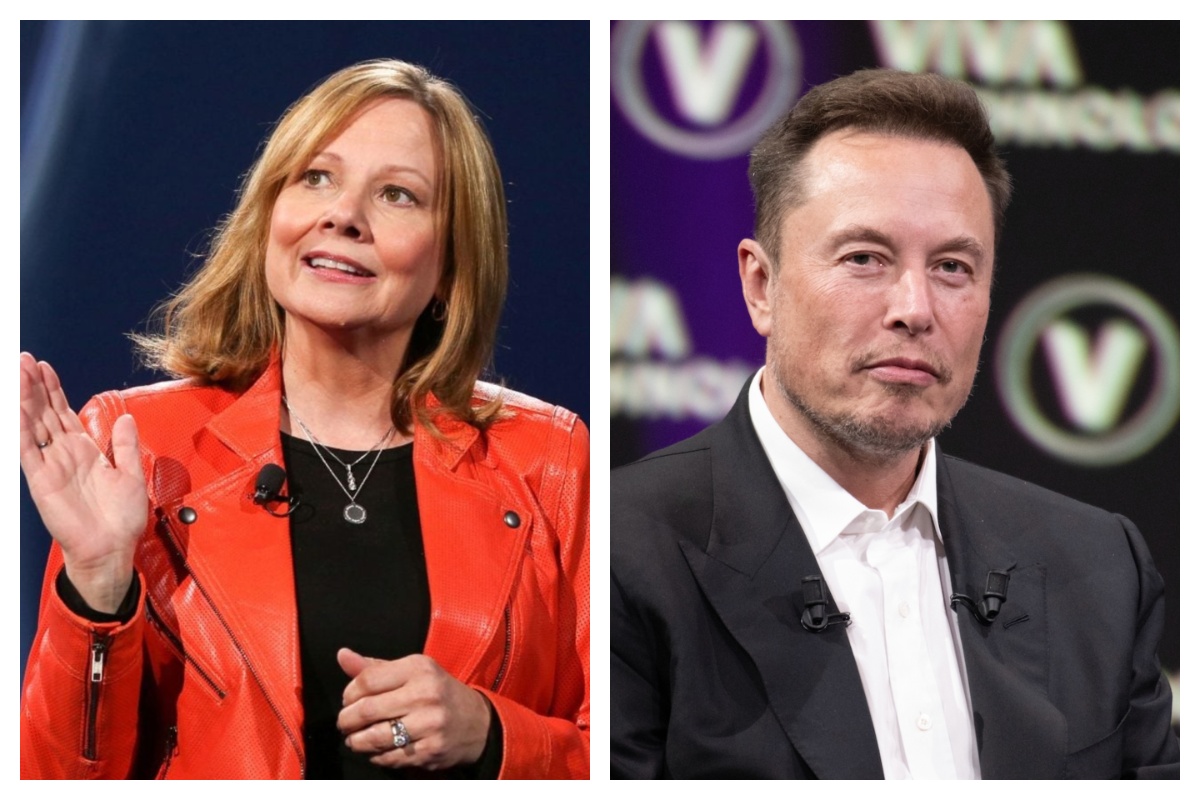
General Motors CEO Mary Barra said in a new interview on Wednesday that she told President Joe Biden to credit Tesla and its CEO, Elon Musk, for the widespread electric vehicle transition.
She said she told Biden this after the former President credited her and GM for leading EV efforts in the United States.
During an interview at the New York Times Dealbook Summit with Andrew Ross Sorkin, Barra said she told Biden that crediting her was essentially a mistake, and that Musk and Tesla should have been explicitly mentioned (via Business Insider):
“He was crediting me, and I said, ‘Actually, I think a lot of that credit goes to Elon and Tesla…You know me, Andrew. I don’t want to take credit for things.”
GM CEO Mary Barra said to Andrew Sorkin at the New York Times Dealbook Summit that she pulled President Biden aside and said Tesla CEO @elonmusk deserved the credit for EVs:
“He was crediting me, and I said, ‘Actually, I think a lot of that credit goes to Elon and Tesla,'” Barra… pic.twitter.com/OHBTG1QfbJ
— TESLARATI (@Teslarati) December 3, 2025
Back in 2021, President Biden visited GM’s “Factory Zero” plant in Detroit, which was the centerpiece of the company’s massive transition to EVs. The former President went on to discuss the EV industry, and claimed that GM and Barra were the true leaders who caused the change:
“In the auto industry, Detroit is leading the world in electric vehicles. You know how critical it is? Mary, I remember talking to you way back in January about the need for America to lead in electric vehicles. I can remember your dramatic announcement that by 2035, GM would be 100% electric. You changed the whole story, Mary. You did, Mary. You electrified the entire automotive industry. I’m serious. You led, and it matters.”
People were baffled by the President’s decision to highlight GM and Barra, and not Tesla and Musk, who truly started the transition to EVs. GM, Ford, and many other companies only followed in the footsteps of Tesla after it started to take market share from them.
Elon Musk and Tesla try to save legacy automakers from Déjà vu
Musk would eventually go on to talk about Biden’s words later on:
“They have so much power over the White House that they can exclude Tesla from an EV Summit. And, in case the first thing, in case that wasn’t enough, then you have President Biden with Mary Barra at a subsequent event, congratulating Mary for having led the EV revolution.”
In Q4 2021, which was shortly after Biden’s comments, Tesla delivered 300,000 EVs. GM delivered just 26.









